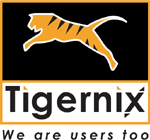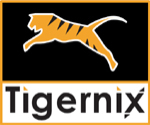Is one missed step in maintenance costing you millions? That is indeed alarming, as industrial downtime does not come to your door and knock. It directly strikes without warning. That is why more industrialists are scrambling to fix the weakest link in their workflow: inconsistent maintenance routines. There are many ways this can be done. However, one of the most reliable methods is keeping an industrial preventive maintenance checklist. If you do not know what to include in this list, you might be only wasting your precious time.
This article covers everything about industrial preventive maintenance checklists and their must-included components in detail.
This article covers everything about industrial preventive maintenance checklists and their must-included components in detail.
We will look into
- What is Industrial Preventive Maintenance?
- Importance of Preventive Maintenance Checklists
- All-Inclusive Industrial Preventive Maintenance Checklist
- Visual and Operational Inspections
- Lubrication and Fluid System Maintenance
- Mechanical Adjustments and Component Alignment
- Electrical System Maintenance
- Cleaning and Housekeeping
- Parts Replacement and Wear Management
- Facility and Infrastructure Inspection
- Network and Software System Maintenance
- Safety and Emergency Equipment Testing
- Documentation and Scheduling
- What are the Benefits of Preventive Maintenance?
- Ensuring No Downtime in Your Industrial Zone Using New Technology
What is Industrial Preventive Maintenance?

- It is a mechanism that includes checking and taking care of equipment before it breaks down, not after. This process starts when maintenance teams plan and follow regular tasks like inspections, cleaning, repairs, and part replacements to keep machines running the way the manufacturer designed.
- They create clear checklists, track equipment performance, and fix small problems before they turn into big disasters. This routine keeps costs predictable and helps avoid random shutdowns that stop production.
- Aligning with the checklist, technicians clean work areas, lubricate moving parts, and fine-tune controls to boost energy efficiency. They also replace worn-out parts and adjust systems to stay in top shape.
- A strong plan like this helps workers stay organised and improves how fast and safely everything works.
Importance of Preventive Maintenance Checklists
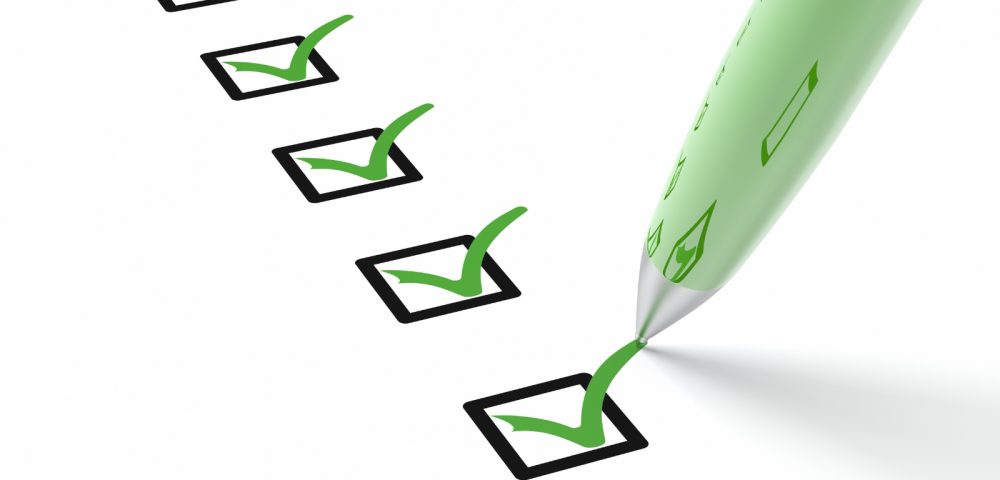
The latter plays a huge role in keeping things on track as they guide workers step by step through each task without missing anything. Technicians use them to stay organised, catch small issues early, and avoid expensive breakdowns later.
If they keep going without a checklist, there is a fair chance they forget tiny details that cause big problems down the line. These checklists also make it easier to train new staff since they explain what to do and when to do it.
They save time during inspections, help teams track what has already been done, and make it easy to spot patterns if something keeps going wrong.
On top of that, they boost safety because workers know exactly what to check to prevent hazards. Since everything gets done on a set schedule, businesses avoid surprises and run more smoothly.
If they keep going without a checklist, there is a fair chance they forget tiny details that cause big problems down the line. These checklists also make it easier to train new staff since they explain what to do and when to do it.
They save time during inspections, help teams track what has already been done, and make it easy to spot patterns if something keeps going wrong.
On top of that, they boost safety because workers know exactly what to check to prevent hazards. Since everything gets done on a set schedule, businesses avoid surprises and run more smoothly.
All-Inclusive Industrial Preventive Maintenance Checklist
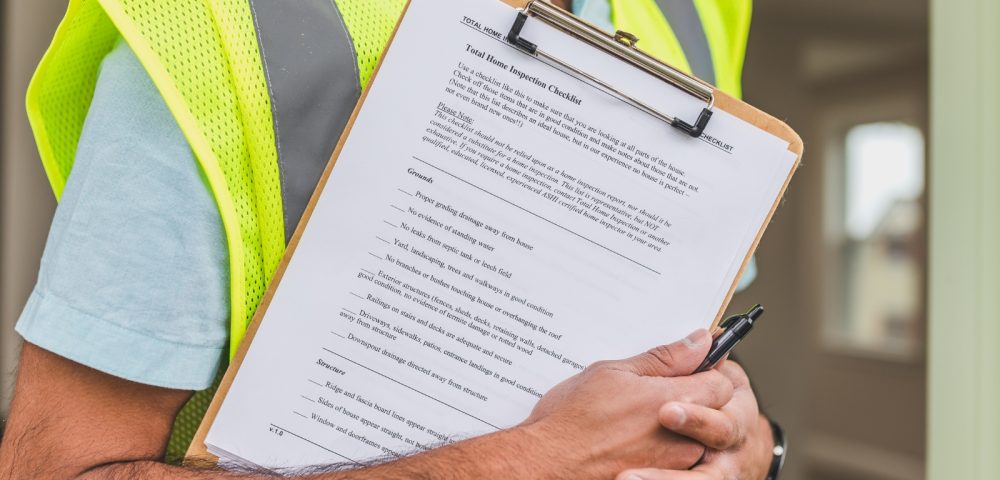
Visual and Operational Inspections
- Begin each maintenance cycle with a detailed visual inspection of all equipment and facility components.
- Look for visible signs of damage, including cracks, corrosion, leaks, or misalignments.
- Verify that all components are securely fastened and that structural elements such as frames, supports, and mounts show no signs of deformation.
- Conduct operational tests by running machinery under standard conditions to identify unusual noise, excessive vibration, or reduced performance, while ensuring all emergency stop buttons, guards, and safety interlocks work correctly.
Lubrication and Fluid System Maintenance
- Check and lubricate all moving parts, including bearings, gears, pulleys, shafts, and chains, following the manufacturer’s specifications.
- Ensure lubrication points are free of dirt and old grease before applying fresh lubricant.
- Examine oil, coolant, and hydraulic fluid levels; top up as required; and replace if the fluid appears contaminated.
- Inspect all hoses, seals, valves, and fittings for signs of wear or leaks, and clean or replace filters, strainers, and air vents regularly to maintain optimal flow and prevent clogging.
Mechanical Adjustments and Component Alignment
- Inspect the tension and alignment of belts, chains, pulleys, and gears.
- Adjust any components showing slack or misalignment to prevent excessive wear and vibration.
- Tighten loose bolts, screws, and connections across all mechanical systems.
- Assess tool sharpness and replace worn cutting tools to avoid compromised precision.
- Routinely calibrate machines, sensors, gauges, and transmitters to ensure measurement accuracy and equipment performance integrity.
Electrical System Maintenance
- Carefully inspect wiring, fuses, breakers, insulation, and connections for wear, corrosion, overheating, or frayed conditions.
- Tighten loose terminals and replace any damaged parts.
- Conduct tests on circuit breakers, emergency lights, safety alarms, and interlocks.
- Evaluate the facility’s power quality by monitoring voltage stability, frequency consistency, and power factor, taking corrective action where necessary.
- Inspect motors, control panels, and backup power systems for abnormalities and ensure secure grounding.
Cleaning and Housekeeping
- Perform routine cleaning of all equipment surfaces to remove dust, grease, debris, and loose particles.
- Wipe down machinery daily, and ensure that air filters, fans, cooling systems, and vents are cleaned or replaced as needed.
- Keep the work area, walkways, and access paths clear of obstructions, and ensure proper disposal of waste.
- Maintain the cleanliness of belts, conveyors, and tools that come in direct contact with materials to avoid contamination or mechanical failure.
Parts Replacement and Wear Management
- Schedule timely replacement of wear parts, including belts, filters, seals, gaskets, and bearings, before performance is affected.
- Replace any damaged electrical components, such as switches or sensors, and verify that critical parts like valves, actuators, and drive mechanisms follow the manufacturer’s replacement cycle.
- Maintain an up-to-date record of all replaced components to track maintenance history and support warranty claims.
Facility and Infrastructure Inspection
- Inspect the structural integrity of the building, including walls, ceilings, walkways, and support beams, at least once a year.
- Examine railings, stairways, and mezzanines for loose or corroded fixtures.
- Confirm that safety signs, caution areas, and lighting systems are in good condition.
- Perform regular HVAC maintenance, such as cleaning ducts, inspecting coils, replacing air filters, and checking fans.
- Assess plumbing systems for leaks, corrosion, or poor water pressure, and ensure fire protection systems, like sprinklers and extinguishers, are operational and compliant with safety codes.
Network and Software System Maintenance
- Back up all software configurations, control system data, and equipment settings regularly.
- Update all software, firmware, and security patches on operational technology systems.
- Verify the accuracy of digital sensors, automated controls, and monitoring systems through routine calibration.
- Review network hardware (e.g., routers, switches) for physical integrity and abnormal operation.
- Strengthen network and data security protocols, change access passwords biannually, and educate staff on phishing and cybersecurity best practices.
Safety and Emergency Equipment Testing
- Test all fire extinguishers, emergency exit lights, eyewash stations, and safety showers to ensure full functionality.
- Check expiration dates on safety gear and ensure that PPE (Personal Protective Equipment) such as gloves, helmets, goggles, and masks is clean, undamaged, and properly stored.
- Run emergency drills and inspect alarms, interlocks, and shutdown systems for proper response time and effectiveness.
- Keep an updated checklist to confirm all safety protocols are being followed.
Documentation and Scheduling
- Document all preventive maintenance activities, findings, and parts replaced in a centralised maintenance log or CMMS (Computerised Maintenance Management System).
- Note inspection dates, technician names, anomalies observed, corrective actions taken, and any upcoming service requirements.
- Customise the frequency of maintenance based on equipment criticality, usage intensity, and manufacturer guidelines.
- Assign responsibilities to trained personnel and ensure that maintenance schedules are visible and consistently followed.
What are the Benefits of Preventive Maintenance?
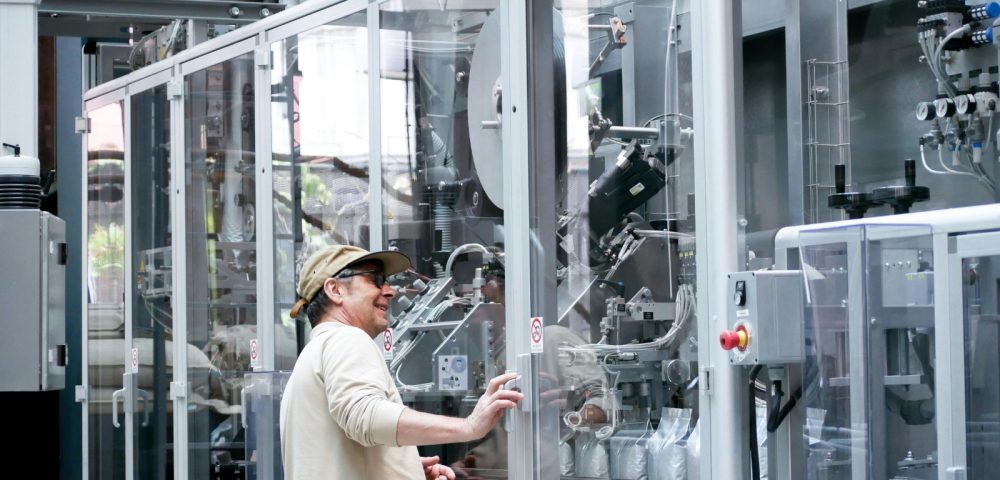
Preventive maintenance keeps machines running smoothly, which stops surprise breakdowns and cuts down on business downtime.
Maintenance workers can follow a clear plan; this way, they do not waste time scrambling on last-minute fixes.
Equipment lasts longer when you take care of it regularly, which saves money on replacements.
No more unexpected overtime hours for staff.
It keeps workers and customers safer, which helps avoid injuries and legal costs.
Well-maintained machines use less energy, and you can spend less on power bills.
Maintenance workers can follow a clear plan; this way, they do not waste time scrambling on last-minute fixes.
Equipment lasts longer when you take care of it regularly, which saves money on replacements.
No more unexpected overtime hours for staff.
It keeps workers and customers safer, which helps avoid injuries and legal costs.
Well-maintained machines use less energy, and you can spend less on power bills.
Ensuring No Downtime in Your Industrial Zone Using New Technology

Your machines speak in patterns. Even if you cannot hear this, predictive analytics simply listens. While others react to failures, you can act before they occur. This is where you need to embrace technology that watches your back 24/7. With the right technological implementations through industry experts at the right time, you will be able to ensure no downtime in your industrial zone and save millions.
